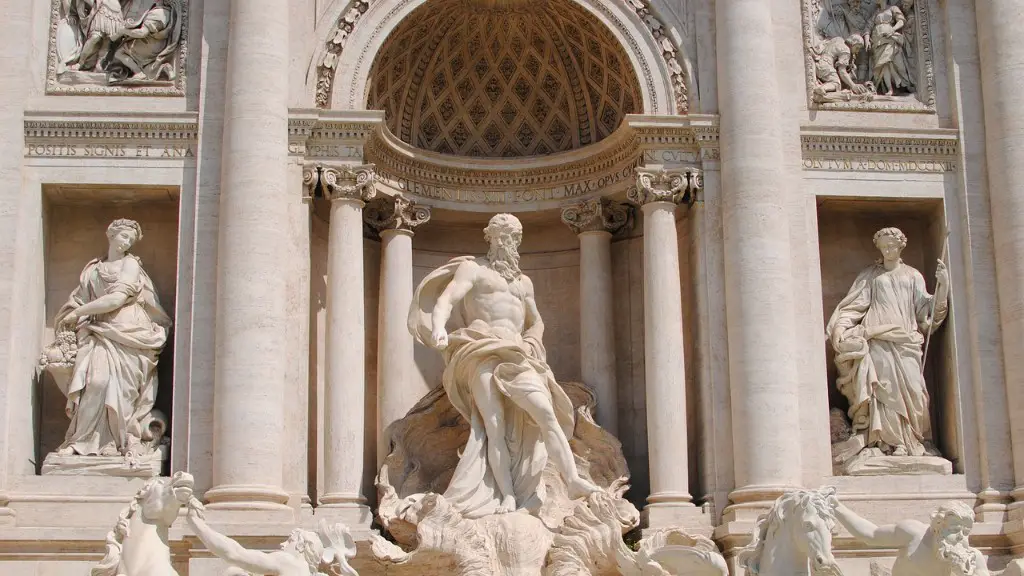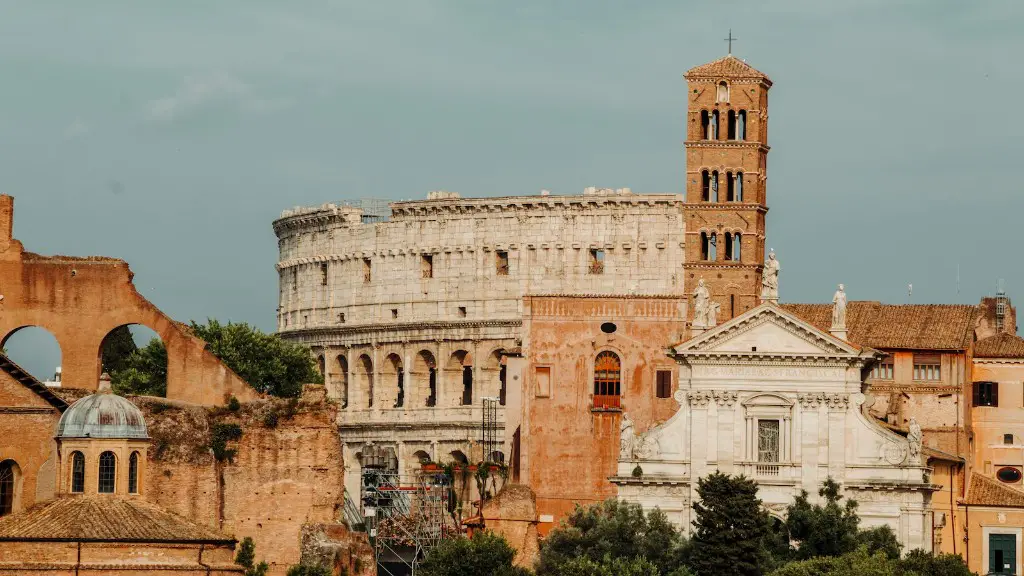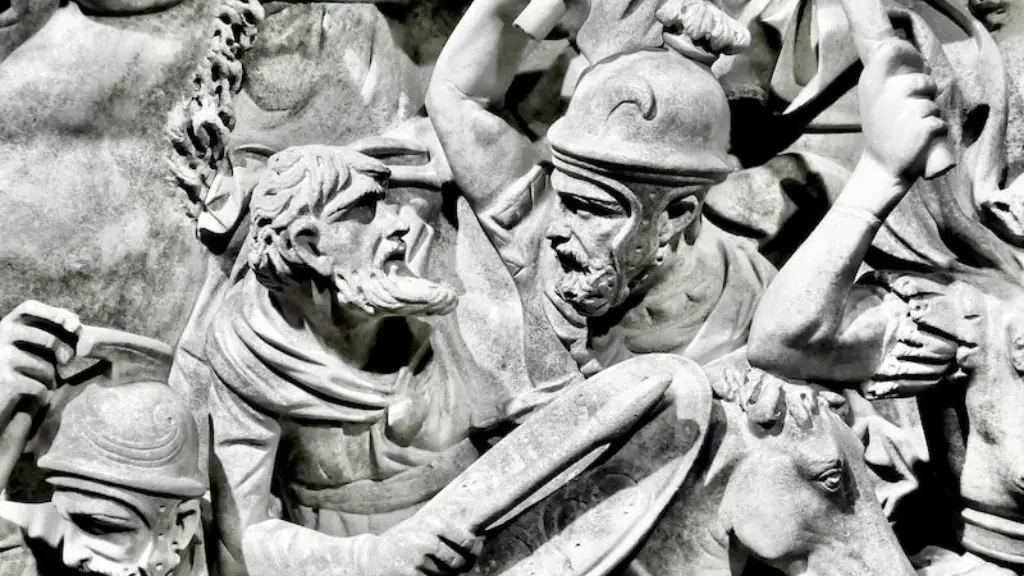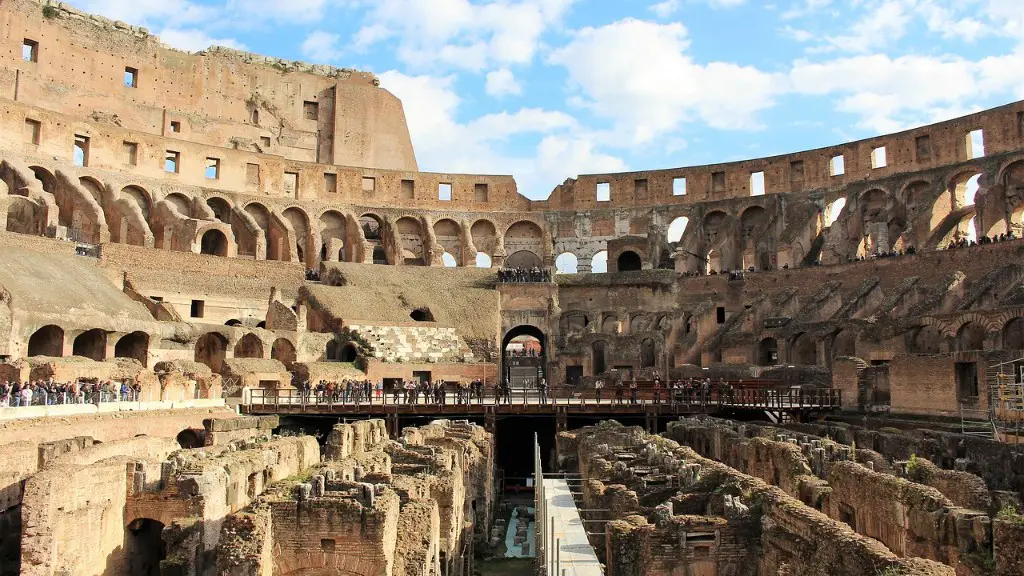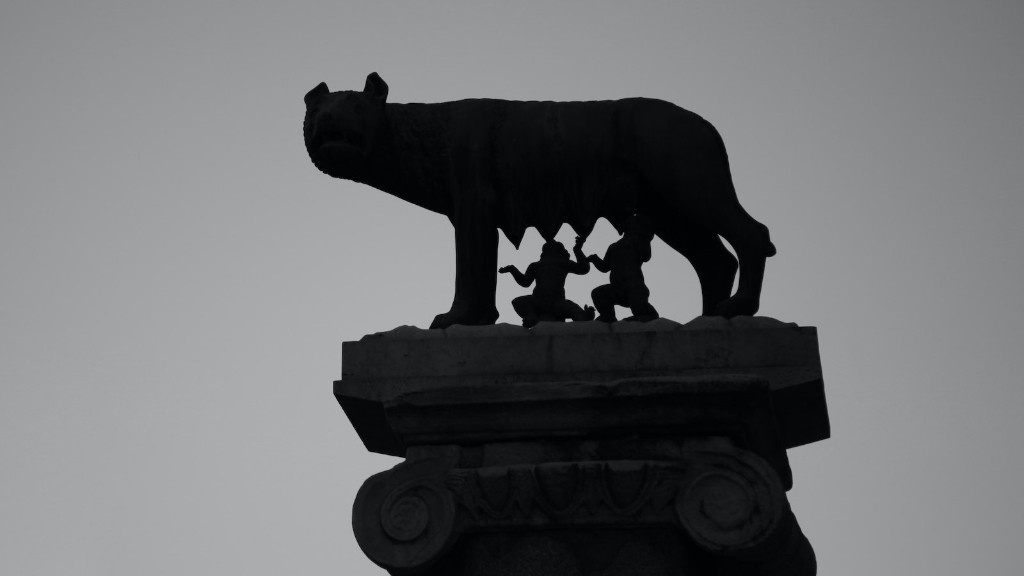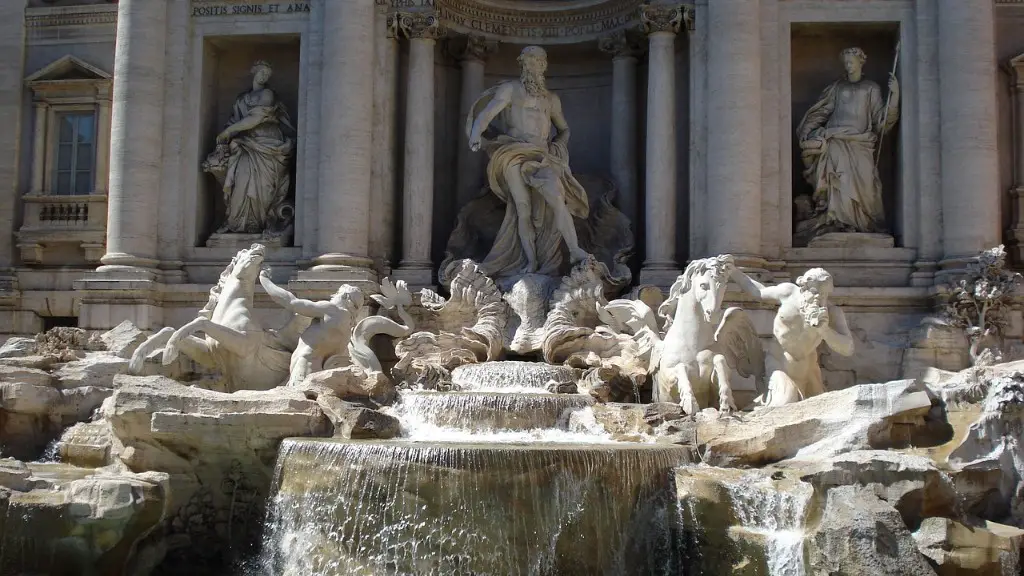The ancient Romans used art to communicate their values, beliefs, and ideas. Roman art was often realistic and detailed, which reflected the culture’s love of order and tradition. Romans also used art to tell stories and express their emotions. Many famous Roman works of art, such as the statues of Julius Caesar and the Colosseum, are still admired today.
There is no one answer to this question as art meant different things to different ancient Romans. Some may have seen art as a form of self-expression and a way to communicate their innermost thoughts and feelings, while others may have viewed it as simply a form of decoration or a means of expressing their wealth and status. Some may have even considered it a sacred act, something that was to be used as a form of prayer or worship. Ultimately, it is up to the individual to decide what art meant to them.
What did art mean to the Romans?
The Romans were masters of art and used it to communicate the human spirit. Their art was popular, affordable, and accessible, making it a great way to express themselves.
The Romans used art as a way to reinforce their values and to get their message out to the public. They believed that art could be used to promote Roman culture and to make people more aware of Roman history and traditions. Often, Roman art was used to celebrate military victories or to commemorate important events.
How did art affect ancient Rome
The arts flourished during this time and were often used by the wealthy and powerful to memorialize their deeds and heritage. The Romans admired the Greek culture and arts. After conquering Greece, they brought many Greek artists to Rome to make sculptures for them in the Greek fashion.
Classicizing elements are those elements which are inspired by the art of ancient Greece and Rome. These elements include smooth lines, elegant drapery, idealized nude bodies, highly naturalistic forms and balanced proportions. The Augustus and the Julio-Claudian dynasty were particularly fond of adapting Classical elements into their art.
Did the Romans like art?
The educated citizens of the Roman Empire greatly admired classical Greek art and often copied or closely imitated great works of Greek art. This admiration for Greek art was due to the fact that the Roman Empire was heavily influenced by the culture and art of Greece.
It is undeniable that Greek art had a great influence on Roman art. The Roman poet Horace said that “Greece, the captive, took her savage victor captive,” meaning that Rome (even though it conquered Greece) adopted much of Greece’s cultural and artistic heritage. Many famous works of art from Greece were imported to Rome, and the Roman artists certainly learned a lot from their Greek counterparts. The influence of Greek art can be seen in many aspects of Roman art, from architecture to sculpture to painting.
What was the focus of Roman art?
Roman art was incredibly varied, covering a huge range of subjects. Animals, still life, portraits, mythological scenes and landscapes were all popular themes. Some landscape paintings were simple scenes of nature, while others showed more complex scenes from mythology. Roman still life paintings often depicted everyday objects, such as fruit and animals.
Art is one of the most important ways that we learn about other cultures. It can tell us about a culture’s beliefs and values, and give us a glimpse into their daily life and rituals. Art can also be used to reflect a culture’s view of the afterlife, and help us to understand their beliefs about what happens to us after we die.
What was the Roman legacy of art
The legacies of Roman art are evident in many modern day artistic styles and techniques. Mosaics, for example, are still used in both public and private settings to add beauty and interest. Sculpture, too, has been influenced by the Roman tradition, with many modern statues being cast in bronze or carved from marble. These art forms continue to be popular because of the skill and artistry required to create them, and the timeless beauty they add to their surroundings.
Art indicated status in the ancient world, but everyone enjoyed art and people from most classes could afford at least some decorations. The average citizens, or pleb, generally bought things made of baked clay, or terracotta, while the patrician, or aristocrats, could afford things made of marble.
How did Greek art influence Roman life?
The art of ancient Greece has had a lasting influence on western art, lasting all the way to the present day. It is characterized by its simplicity and reasonableness, its humanity, and its sheer beauty. The Romans were heavily influenced by the Greeks and helped to spread Greek art to later ages.
This is because the Romans were quite impressed by the level of sophistication of the ancient Greeks. In many ways, the Romans saw the Greeks as being ahead of their own culture in terms of the arts, literature, and philosophy. This is one of the reasons why Roman households would often have copies of famous Greek sculptures.
What is the main purpose of art
Art can have a profound effect on our lives, uplifting us when we’re feeling down, provoking us to think about important issues, and soothing us when we need a break from the everyday. It can also entertain and educate us, showing us new perspectives on the world and helping us to better understand the human condition.
Art is a truly amazing thing. It has the power to communicate information, shape our everyday lives, make a social statement, and be enjoyed for aesthetic beauty. Art is an essential part of the human experience, and we are so lucky to have it in our lives.
Why art is so very important?
This is so true! Art has always been a way for me to process my emotions and understand my surroundings. It has allowed me to see life from a different perspective and it makes me feel alive. Art has always been an important part of human society since the beginning of time. It has been used as a tool for cultural exchange, education, and expression.
Roman art is known for its realism, while Greek art is more idealized. Roman artists innovated with equestrian statues, naturalistic busts, and decorative wall paintings, like those found in Pompeii. Romans liked to adorn their public and private buildings and spaces with art that was colorful and had texture.
What was the arts and culture of ancient Rome
Roman art was heavily influenced by the Greeks and consisted of a wide range of mediums. Coin art, fine jewelry, metalwork, perspective drawing and sculpture were all popular forms of Roman art. Homes, villas and public buildings were often decorated with sculptures and walls painted with scenes from everyday life.
The Romans enjoyed Greek art and culture so much that they adopted most of it as there own with changes. This can be seen in their art, literature, and even their religion. The Roman Empire was greatly influenced by the Greeks and their culture.
Conclusion
There is no one answer to this question as art meant different things to different ancient Romans. For some, art was a way to express their creative ideas and emotions, while for others it was a way to document or record history. Some people may have seen art as a form of entertainment, while others may have seen it as a way to create a sense of beauty in their lives.
The ancient Romans had a great appreciation for art and its ability to represent their culture and values. They believed that art was a representation of their identity and that it should be used to glorify their society.
